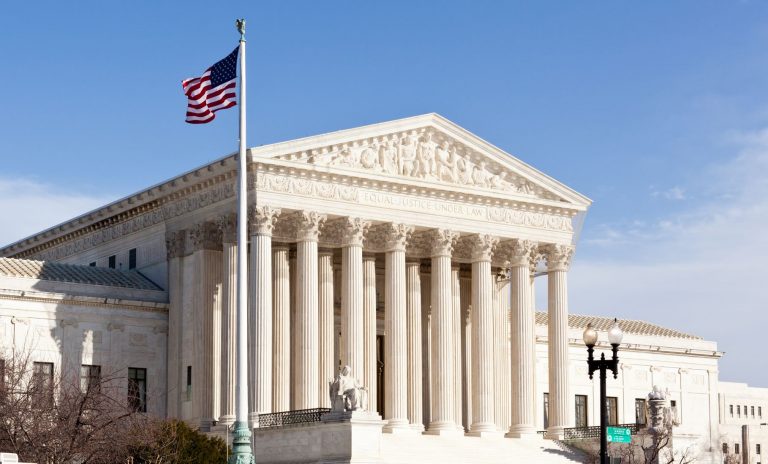Removal: An Important Defense Tool in U.S. Lawsuits against Canadians
Removal: An Important Defense Tool in U.S. Lawsuits against Canadians
Orignally published in the Ontario Insurance Adjuster Association’s Journal, Without Prejudice, September 2017.
In the United States, personal injury plaintiffs usually file their lawsuits in the state court system. The state court system is more advantageous to plaintiffs, while the federal court system is more advantageous to defendants. Through the process of removal, Canadians sued in the U.S. can easily take the case out of state court and reinstitute it in federal court. This article explains the requirements for removal and its many defense benefits.
First, some background. The United States has two parallel court systems. Each of the 50 states has its own sys-tem, generally consisting of trial courts, intermediate appellate courts and a state supreme court. In addition, the federal government has a separate, nationwide system. It consists of district courts located within each of the states, intermediate appellate courts covering multiple states and the U.S. Supreme Court.
The two systems handle different types of cases. But some cases—such as personal injury cases—can be handled by either. A defendant can remove a case from state to federal when (1) he or she is a citizen of a different country or state than the plaintiff and (2) the amount in controversy is more than $75,000.
A Canadian defendant easily satisfies the first requirement, because U.S. lawsuits are almost always filed by U.S. citizens. The second requirement can be met by records showing more than $75,000 in medical bills and/or past lost wages. The advantages of federal court are many.
Early receipt of damages information.
The federal rules of procedure require that at the start of the case, the parties must automatically exchange certain categories of information without the other side asking for it. For the plaintiff, this means disclosing a computation of each category of damages. These categories generally include past and future medical specials, past and future lost wages, and past and future pain and suffering.
Continuing duty to update discovery responses.
If a plaintiff in federal court continues medical treatment throughout the case, he or she must continually provide the updated medical information and records to the defendant without being asked. If a plaintiff obtains new treatment and does not provide the corresponding information, the court could prevent the plaintiff from introducing the information at trial.
Fewer discovery disputes.
While discovery motions are routine in state court, federal courts detest such motions. Attorneys practicing in federal court are more likely to refrain from discovery motions in favor of working-out the issue informally. Where discovery motions are filed, federal courts generally issuing rulings based on the written submissions instead of holding oral argument. Without oral argument, plaintiff attorneys are held to the requirements of the law and are deprived of the opportunity to make an emotional overture at a hearing.
Strict adherence to deadlines.
When a federal court sets a deadline, it will hold the parties to that deadline absent some type of intervening catastrophe. For example, a plaintiff filing expert disclosures a day or two late very well could result the court precluding those experts from testifying. Conversely, typical state court remedies are an extension of the disclosure deadline or a continuance of the trial.
Expert disclosures for treating physicians.
In state court, treating physicians are not considered retained experts, even though the physicians may have a close relationship with the plaintiff’s attorney. As such, the plaintiff is not required to disclose the opinions to which the physicians will testify at trial. In federal court, the plaintiff is required to disclose a summary of the facts and opinions to which the physicians are expected to testify. Absent unusual circumstances, the federal court will limit the physicians’ trial testimony to the opinions disclosed.
Strict adherence to substantive requirements.
The federal rules of procedure set forth strict requirements for the disclosure of opinions from retained experts. Failure to meet any of these requirements could very well mean the expert would be precluded from testifying at trial.
Increased chance of summary judgment.
Typically, federal courts are more inclined to grant summary judgment than are state courts.
More engaged jury pool.
In many state courts, potential jurors are selected from driver’s license databases. In federal court, potential jurors are selected from among registered voters. Voter registration presumably indicates a greater interest









